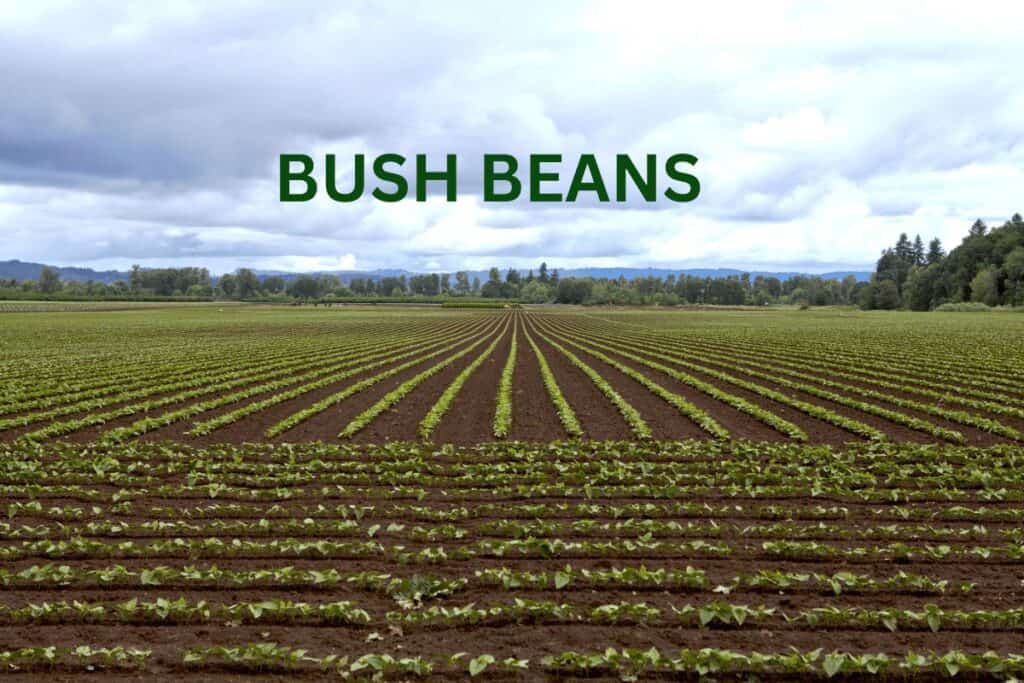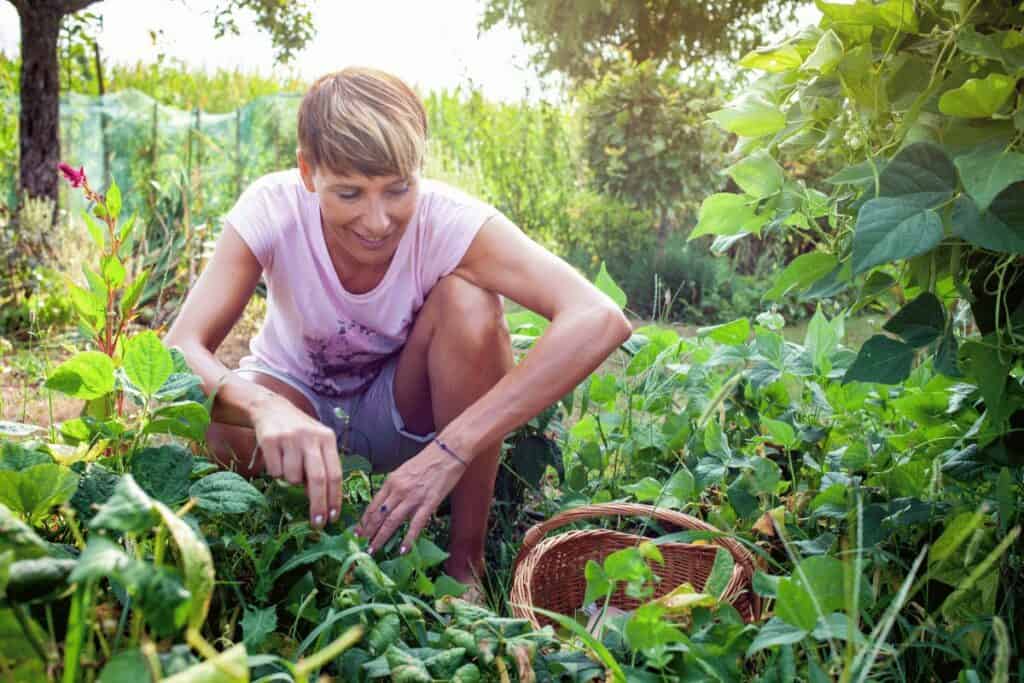If you’re interested in growing your own bush beans, you’re in luck! Bush beans are one of the easiest vegetables to grow, and they’re also one of the most delicious.
In this comprehensive guide All About Bush Beans: A Comprehensive Guide, we’ll show you everything you need to know to successfully grow and care for your own bush beans.
By the end of this article, you’ll have all the knowledge and skills you need to grow the perfect crop of compact green beans.
What are Bush Beans?

Bush beans are a type of bean that grows as a compact, bushy plant. They’re different from pole beans, which require a trellis or other support to climb on. Bush beans are generally smaller and more tender than pole beans, and they’re often preferred for their ease of growing and harvesting.
There are many different varieties of bush beans, each with its own unique flavor and texture.
Planting Bush Beans
Bush beans can be planted either from seeds or from seedlings. If you’re starting from seeds, it’s best to plant them directly in the garden after the last frost.
Make sure the soil temperature is at least 70°F for optimal germination [1]. If the soil is too cold, the seeds may rot before they have a chance to sprout. You should also make sure to plant the seeds at a depth of about 1 inch and to space them about 3 inches apart.
If you’re starting from seedlings, you can transplant them into the garden once they have at least two sets of leaves. Plant them at the same depth they were growing in their original container, and space them about 3 inches apart.
In either case, make sure to choose a sunny location with well-draining soil. Bush beans can be planted in either rows or blocks, depending on your preference.
Caring for Bush Beans
Once your bush beans are planted, they require relatively little care. Make sure to water them regularly, providing at least 2-3 inches of water per week [2]. If your area is experiencing a dry spell, you may need to water them more frequently.
Bush beans do not require much fertilizer, especially if you started with organic-rich soil. However, if you want to add additional nutrients, you can do so after the beans have sprouted [2]. Be sure to use a fertilizer that is appropriate for vegetables, and follow the instructions carefully.
If you notice any pests or diseases on your bush beans, it’s important to act quickly to prevent the problem from spreading. Insecticidal soap and neem oil can both be effective against common pests like aphids and spider mites, while copper fungicides can help prevent fungal diseases [3].
Harvesting Bush Beans

Bush beans are ready to be harvested when the pods are about 4-6 inches long and have a bright green color. Simply snap the pods off the plant, being careful not to damage the stems or leaves. If you wait too long to harvest, the pods may become tough and woody.
FAQ
What is the best time to harvest compact green beans?
The time of harvest for compact green beans varies depending on the specific variety. In general, bush beans are ready to harvest 50-55 days after planting, while pole beans can take 55-65 days or more [1].”
Do compact green beans require a trellis or support structure?
Yes, compact green beans benefit from a support structure such as a trellis or bean tipi. This allows the plants to grow upward and helps prevent disease and insect issues. One simple method for a trellis is to put a t-post at the middle of each end of the garden bed and tie string or twine to each post [3].
How long does it take for bush beans to grow?
Bush beans typically take about 50-60 days to mature and be ready for harvest.
Conclusion All About Bush Beans
Based on the provided search results, growing compact green beans can be an enjoyable and rewarding experience. To successfully grow compact green beans, it is important to keep a few key factors in mind.
First, green beans thrive in warm temperatures, with an optimal air temperature range of 19 to 30°C and a minimum soil temperature of 13°C for seed germination [1].
Planting too early in cold and moist soil can delay germination and cause seeds to rot. It is also important to ensure that the soil is well-drained and hot enough to prevent seed rotting [1].
Additionally, the time of harvest for compact green beans can vary depending on the variety planted. Bush beans are generally ready to harvest 50-55 days after planting, while pole beans can take longer, around 55-65 days, or more, depending on the variety [2].
It is also important to note that bush beans are ready to harvest all at once, whereas pole beans can be harvested throughout the season [2]. Finally, growing green beans can be easier than other vegetables as they do not require very rich soil.
However, it is important to provide enough water and little weed competition, while also ensuring the plants receive full sun during the heat of summer [3].
Latest Post
- What Types of Lettuces Can You Grow?

- How to Plant Onion Seeds for Maximum Germination

- How to Plant Parsnip Seeds for Maximum Germination

- How to Plant Mushroom Seeds for Maximum Germination

- How to Plant Lettuce Seeds for Maximum Germination

- How to Plant Kale Seeds: A Step-by-Step Guide to Maximum Germination Success!





